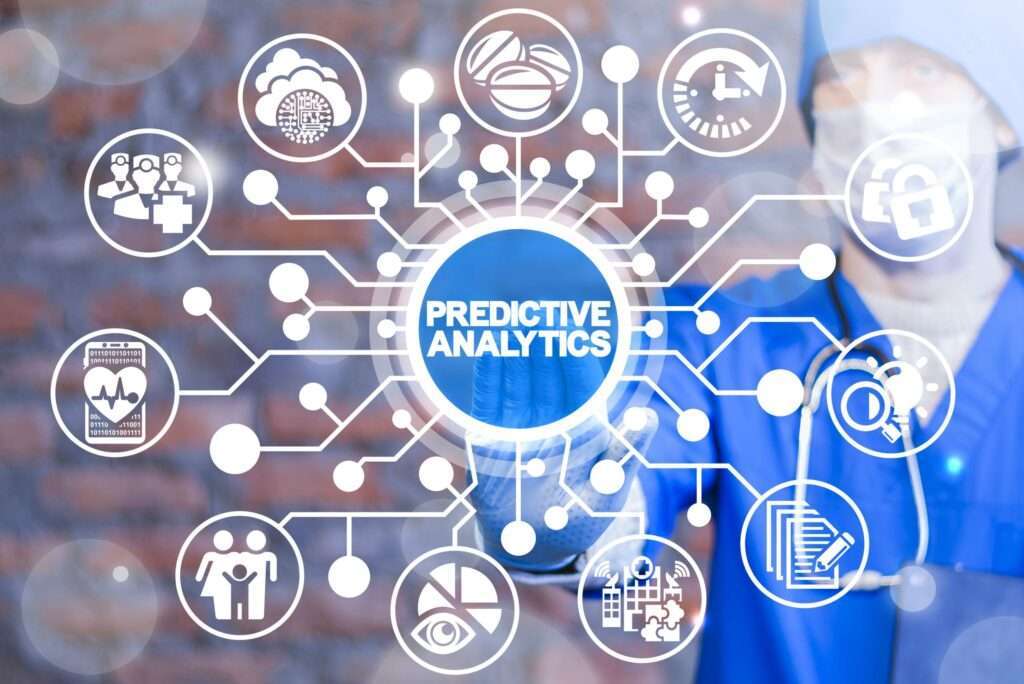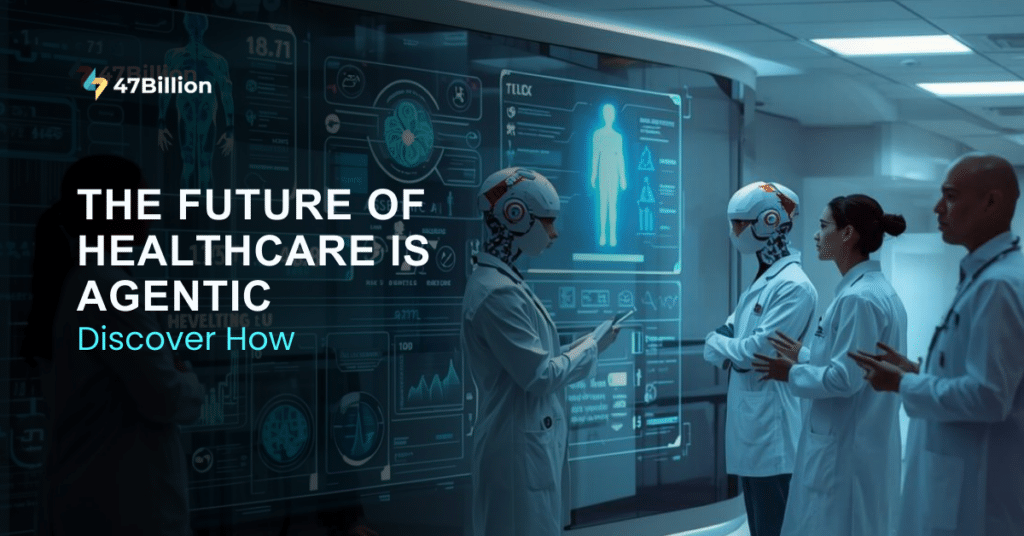Healthcare is more about forecasting and reducing risk, based on current and historical patient data. For instance, if we consider certain real-life questions – What is the chance that a pneumonia patient will be readmitted to the ICU within 48 hours if he/she is discharged? How likely is this tumor patient to suffer complications?
Healthcare practitioners always make decisions without absolute certainty but with the dawn of predictive analytics, intelligent decision-making has got its roots in healthcare.
Harnessing Data for Predictive Health Analytics
Current estimates suggest that a single patient generates up to 80 MB of data each year, which includes EMR, health claims data, radiology images, and lab results. Also, data is generated by numerous medical devices, including IoT-based wearables and monitoring devices. In the external clinical spaces, patients generate health data through the use of wearable fitness trackers and health-related mobile applications. Incorporating this data enables healthcare practitioners to develop solutions for medical diagnosis, predictive modeling for health risks, and even prescriptive analytics for precision medicine.
Benefits –
Enhanced operational efficiency
Healthcare organizations continue to invest in BI and analytics tools to improve operations and deliver value-based care. For example, real-time reporting helps in getting insights about various operations, and actions are planned accordingly. They use these tools to analyze both historical and current patient data to better understand the flow and analyze staff performance spontaneously. For obtaining optimal patient-to-staff ratio and checking the availability of staff at the time of the surge.
Personalized Medicine
Predictive analytics allows health practitioners to find cures for selective diseases. It allows healthcare centers to propose detailed and precise modeling for fatality rates for individuals. It helps in distinguishing relationships and patterns while examining large data sets and then formulating predictions.
Health and risk scoring
Prediction and prevention function simultaneously in the case of population health management. Healthcare organizations identify individuals with a greater risk of acquiring chronic conditions early in infection progression. Building risk scores based on patient-generated health data, biometric data, and lab test data helps in anticipating long-term health problems.
Epidemic Management
Machine learning tools are utilized by the administration to understand the spread of contagious diseases. They leverage organizational data to achieve the best measures to curb outbreaks. They scale the outbreak within different regions in the world.
Patient deterioration control
At the hospital sometimes patients face various threats such as the acquisition of infection, development of sepsis, or sudden downturn due to existing clinical conditions.
Doctors provided with data analytics tools can prognosticate clinical events at the hospital. They can implement solutions before symptoms manifest themselves.
Cost reductions from eliminating waste and fraud
Fraud and waste cost the healthcare system in the USA more than 230$ billion each year. By analyzing billing records and patient data, organizations become capable of recognizing treatment or billing anomalies that include duplicate claims, unnecessary medical treatments, or doctors prescribing unusually high rates of tests. Health providers with predictive analytics tools can eradicate waste and fraud in their systems to reduce losses and invest money gained into critical segments.
Conclusion
Escalating costs, an aging population, and the predominance of chronic diseases are remodeling the healthcare industry. Predictive analytics is helping health organizations in improving patient care and outcomes along with aligning with the latest advancements. From forecasting critical conditions, like septic shock and heart failure, to limiting readmissions, the latest advancements in big data analytics and AI are fueling new predictive analytics solutions that assist clinicians to improve healthcare systems and reduce expenses.







